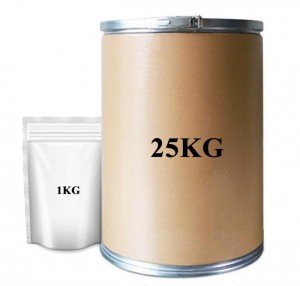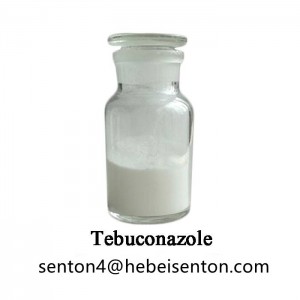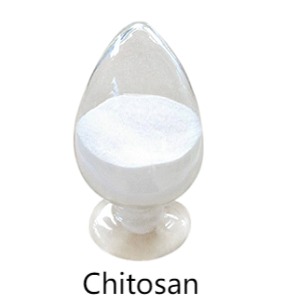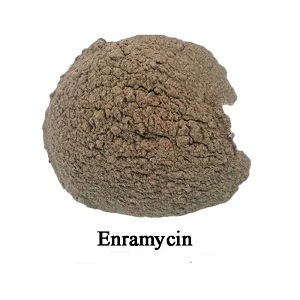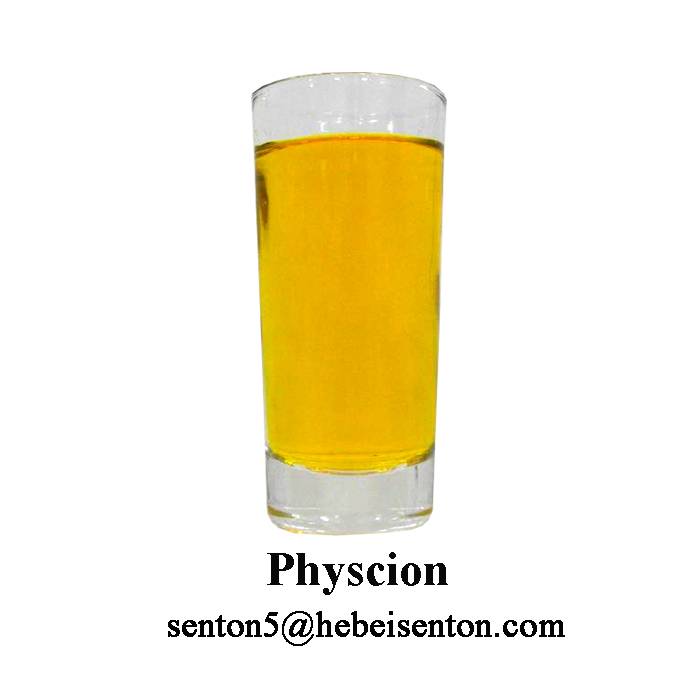Antifungal Medication Preservatives Natamycin
Natamycin is an antifungal medication used to treat fungal infections around the eye.Natamycin is also used as a preservative in the food industry .It is used to treat fungal infections. And it is applied topically as a cream, in eye drops, or in a lozenge.Natamycin shows negligible absorption into the body when administered in these ways. Natamycin lozenges are also prescribed to treat yeast infections and oral thrush.Natamycin has been used for decades in the food industry as a hurdle to fungal outgrowth in dairy products and other foods.Potential advantages for the usage of natamycin might include the replacement of traditional chemical preservatives, a neutral flavor impact, and less dependence on pH for efficacy, as is common with chemical preservatives.It can be applied in a variety of ways: as an aqueous suspension sprayed on the product or into which the product is dipped, or in powdered form sprinkled on or mixed into the product.It has No Toxicity Against Mammals,and has no effect on Public Health.
Application
Natamycin finds its application primarily in the food industry, where it is used as a preservative to prevent the growth of spoilage and pathogenic microorganisms. It is highly effective against a variety of fungi, including Aspergillus, Penicillium, Fusarium, and Candida species, making it a versatile antimicrobial agent for food safety. Natamycin is commonly used in the preservation of dairy products, baked goods, beverages, and meat products.
Usage
Natamycin can be used directly in food products or applied as a coating on the surface of food items. It is effective at very low concentrations and does not alter the taste, color, or texture of the treated food. When applied as a coating, it forms a protective barrier that prevents the growth of molds and yeasts, thereby increasing the shelf life of the product without the need for chemical additives or high-temperature processing. The usage of Natamycin is approved by regulatory bodies, including the FDA and the European Food Safety Authority (EFSA), ensuring its safety for consumers.
Features
1. High Efficacy: Natamycin has potent fungicidal activity and is effective against a broad spectrum of molds and yeasts. It inhibits the growth of these microorganisms by interfering with their cell membrane integrity, making it one of the most powerful natural antimicrobial agents available.
2. Natural and Safe: Natamycin is a natural compound produced by the fermentation of Streptomyces natalensis. It is safe for consumption and has a history of safe use in the food industry. It does not leave any harmful residues and is easily broken down by natural enzymes in the body.
3. Wide Range of Applications: Natamycin is suitable for various food products, including dairy products like cheese, yogurt, and butter, baked goods, such as bread and cakes, beverages like fruit juices and wines, and meat products like sausages and deli meats. Its versatility allows for its use in a variety of food applications.
4. Extended Shelf Life: By inhibiting the growth of spoilage microorganisms, Natamycin significantly extends the shelf life of food products. Its antifungal properties prevent mold growth, maintain product quality, and reduce product wastage, resulting in cost savings for food manufacturers.
5. Minimal Impact on Sensory Properties: Unlike other preservatives, Natamycin does not alter the taste, odor, color, or texture of the treated food products. It retains the sensory characteristics of the food, ensuring that consumers can enjoy the product without any noticeable changes.
6. Complementary to Other Preservation Methods: Natamycin can be used in conjunction with other preservation techniques, such as refrigeration, pasteurization, or modified atmosphere packaging, to provide an extra layer of protection against spoilage microorganisms. This makes it a valuable tool for minimizing the use of chemical preservatives.






